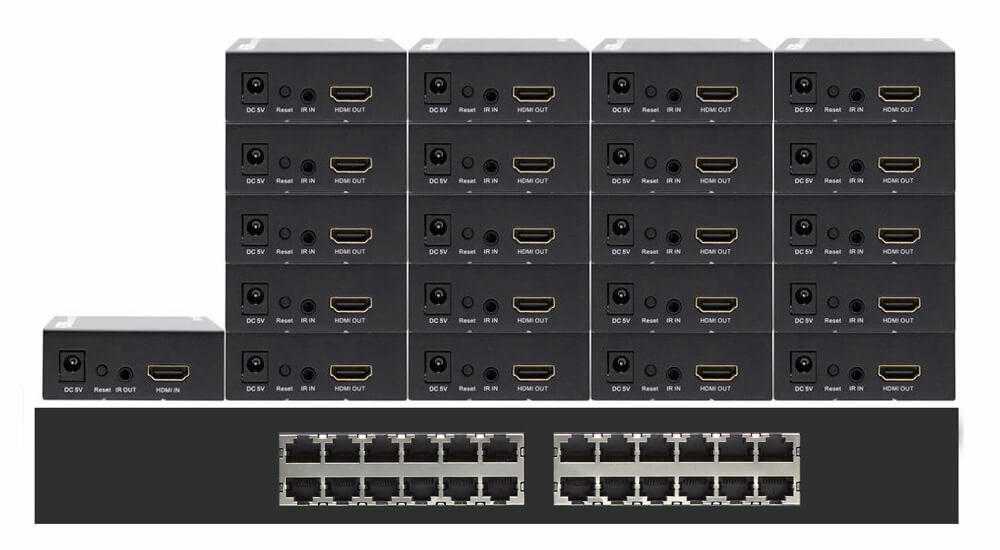Technical Perspective
An HDMI splitter is a device that allows you to connect one HDMI source to multiple HDMI displays simultaneously. It functions by taking the audio and video signals from the input source and replicating them to multiple outputs. This is achieved through the use of a built-in amplifier that ensures the signal strength remains consistent across all connected displays.
The HDMI splitter receives the input signal through its HDMI input port. Inside the splitter, the signal is then amplified and distributed to the multiple HDMI output ports. It supports various resolutions, including standard definition, high definition, and even 4K Ultra HD.
HDMI splitters typically use a passive or active design. Passive splitters simply split the signal without any amplification, which may result in signal degradation over longer cable distances. Active splitters, on the other hand, have built-in amplifiers that boost the signal, allowing for longer cable runs without loss of quality.
Practical Applications
HDMI splitters have a wide range of practical applications in different settings. In home theater setups, they enable multiple displays to show the same content simultaneously, allowing everyone in the room to have an optimal viewing experience. This is particularly useful for watching movies, sports events, or playing video games on multiple screens.
In educational environments, HDMI splitters enable teachers to display content on multiple screens or projectors, making it easier for students to follow along and enhancing visual learning experiences. It also allows for effortless screen sharing during presentations or collaborative activities.
In business settings, HDMI splitters are useful for sharing information and presentations across multiple displays in conference rooms, boardrooms, and retail spaces. They can also be employed in digital signage setups, where the same content needs to be displayed on several screens for promotional or informational purposes.
Benefits and Considerations
The use of HDMI splitters offers several benefits. Firstly, they eliminate the need for individual source devices for each display, reducing costs and simplifying the setup. They also ensure consistent and synchronized audio and video across all connected displays, allowing for a seamless viewing experience.
When choosing an HDMI splitter, it is essential to consider factors such as the number of output ports required, resolution support, and compatibility with HDMI versions. Additionally, understanding the cable length limitations of the splitter is crucial, as longer cable runs may necessitate the use of an active splitter to maintain signal integrity.
Troubleshooting and Common Issues
While HDMI splitters are generally reliable, occasional issues may arise. One common problem is signal degradation, especially when using passive splitters over longer cable runs. This can result in a loss of video quality or even a complete loss of signal. To mitigate this, using active splitters or shorter cable lengths can help ensure optimal performance.
Another issue that can occur is HDCP (High-bandwidth Digital Content Protection) compatibility. HDCP is a copy-protection protocol that prevents unauthorized copying of digital content. Some HDMI splitters may not be HDCP compliant, leading to compatibility issues with certain devices or content sources. It is important to check the HDCP compatibility of the splitter and connected devices to avoid any potential problems.
In conclusion, HDMI splitters are versatile devices that allow you to distribute audio and video signals from one source to multiple displays simultaneously. They find applications in various settings, including home theaters, educational institutions, and business environments. Understanding their functionality, practical uses, benefits, and potential issues will help users make informed decisions when incorporating HDMI splitters into their setups.










